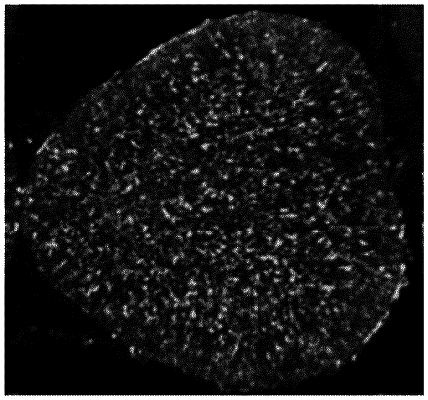| CPC H01M 4/485 (2013.01) [C01G 53/40 (2013.01); C01G 53/42 (2013.01); H01M 4/131 (2013.01); H01M 4/1391 (2013.01); C01P 2002/52 (2013.01); H01M 2004/028 (2013.01)] | 15 Claims |

|
1. A positive electrode active material, comprising:
secondary particles each composed of an aggregate of primary particles that contain a lithium transition metal composite oxide having a layered structure and a composition ratio of a number of moles of nickel to a total number of moles of metals other than lithium of from 0.7 to less than 1,
wherein a compound containing boron is attached on at least a part of surfaces of the primary particles,
a compound containing sodium is present in at least a part of particle boundaries of the secondary particles, and
a value obtained by dividing a standard deviation of detection amounts of boron element in any three regions in a cross-sectional surface of the secondary particles by an average of the detection amounts is less than 0.18.
|